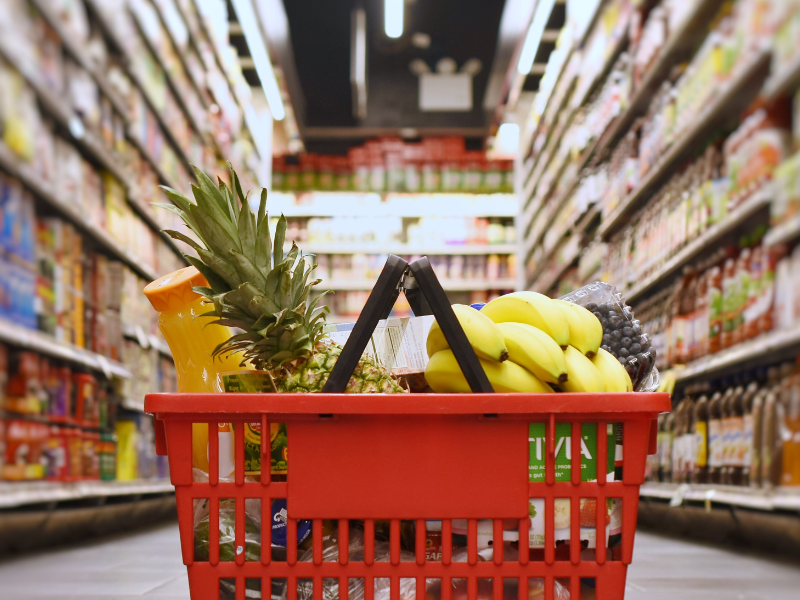Recent studies are raising concerns about whether the help provided by the Food Stamp program, now known as the Supplemental Nutrition Assistance Program (SNAP), is sufficient. This program, which served 41.2 million people in the Fiscal Year 2022, is the biggest food assistance initiative in the United States.
But before you call your congressperson, let’s take a closer look at the research that suggests SNAP benefits might be too low.
The Research Findings
The Urban Institute has developed a tool indicating the average cost of a “modestly-priced” meal often exceeds the maximum SNAP benefit allotted for a meal. For instance, in the last quarter of 2022, the average “modestly-priced” meal cost was $3.14, surpassing the calculated maximum SNAP benefit of $2.74 for a meal in the 48 contiguous states.
To make matters more complicated, food prices vary across the country. The tool allows users to see how the maximum food benefit falls short in different counties. According to the Urban Institute, the maximum SNAP benefit covered the cost of a modestly- priced meal in only 27 out of 3,143 counties, or just 1 percent of the total.
Other organizations, such as the Brookings Institute, share similar concerns about the adequacy of SNAP benefits, putting pressure on Congress to consider increasing the program’s maximum benefit.
Are We Comparing Apples and Oranges?
It’s essential to be cautious, though, as the research might be comparing different things. The maximum SNAP benefit is based on the Thrifty Food Plan, intended to be the lowest-cost food budget while still providing necessary nutrition for a family. In fact, it is the lowest cost budget produced by the U.S. Department of Agriculture, which begs the question of how the Urban Institute is defining a modestly priced meal.
The Urban Institute’s calculation of a “modestly priced meal” is based on the spending habits of households at or below 130 percent of the official poverty level, but who were also considered to be “food secure.”
It should be expected The Thrifty Food Plan is lower than the actual expenditures of this demographic group because, as the name suggests (the Supplemental Nutrition Assistance Program), SNAP is meant to supplement, not replace, food purchases. As households earn income, it’s expected they will spend more on food than what the minimum budget allows.
Why Is There Still Food Insecurity?
Food insecurity is determined by using answers to the Current Population Survey, but the determination doesn’t specifically address the adequacy of the SNAP maximum benefit. Other factors, like spending habits, diets, and dealing with the stress of poverty, also play a role. It’s important to note that the U.S. faces an obesity problem, even among SNAP participants, suggesting that the issue may not be too few calories but rather poor eating habits.
However, the obesity problem probably has more to do with more nutrition education, better eating habits, and improved financial literacy for participants rather than the program itself.









